
The audience represented the full spectrum; aficionados, bartenders, restaurant people, dabblers, and even a first time mezcal drinker. We were treated to some delicious bites from Cantina’s kitchen including a pozole verde, quesadillas, and some tacos. I have to say, if I lived in Sacramento, Cantina Alley would probably become a fixture in my life. They have a beautiful bar and a perfect patio. It’s a great addition to the growing mezcal and craft beer scene in the state’s capital.
We tasted a broad range of wild agave mezcals – a tobala, cucharilla (Oaxaca’s version of sotol), jabali, tepextate, a tequilina, and pulque (the agave, not fermented beverage) ensemble. Plus, we can’t forget that cenizo from Durango that packed a wallop of flavor at 55% ABV. These mezcals were not for the faint of heart with flavor profiles that ran from bold sweetness through mineral intensity, from floral to gigantic flavor bomb. I was particularly struck by the cucharilla that was so smooth and subtle. The sad news for everyone there was that they had just tasted six mezcals that are not available in the market, at least not yet. Rion recently got his importer’s license so we are hopeful to see at least a couple here in California in the next year or so.
The big question, that came up over and over again, was how people could identify the most sustainable mezcals at bars and retail stores. This is a tough one to answer, at this point it puts most of the onus on the consumer to do their research. We feel your pain and are trying to make things clearer. In the interim, I am encouraged to see more and more brands putting up a sustainability page on their websites that delve into the details of how they produce their mezcals. This includes talking about where their agave and wood comes from, what they’re doing to mitigate water usage and waste, and especially how they’re dealing with the disposal of by products like bagasso, and how they work with the communities that produce their mezcal. It’s a lot of work to be a conscientious mezcal drinker, so the easier the brands make it, and the more we demand it, the better for the industry.
We’re looking forward to putting together another conversation soon and would love to hear from you what topics are of interest!

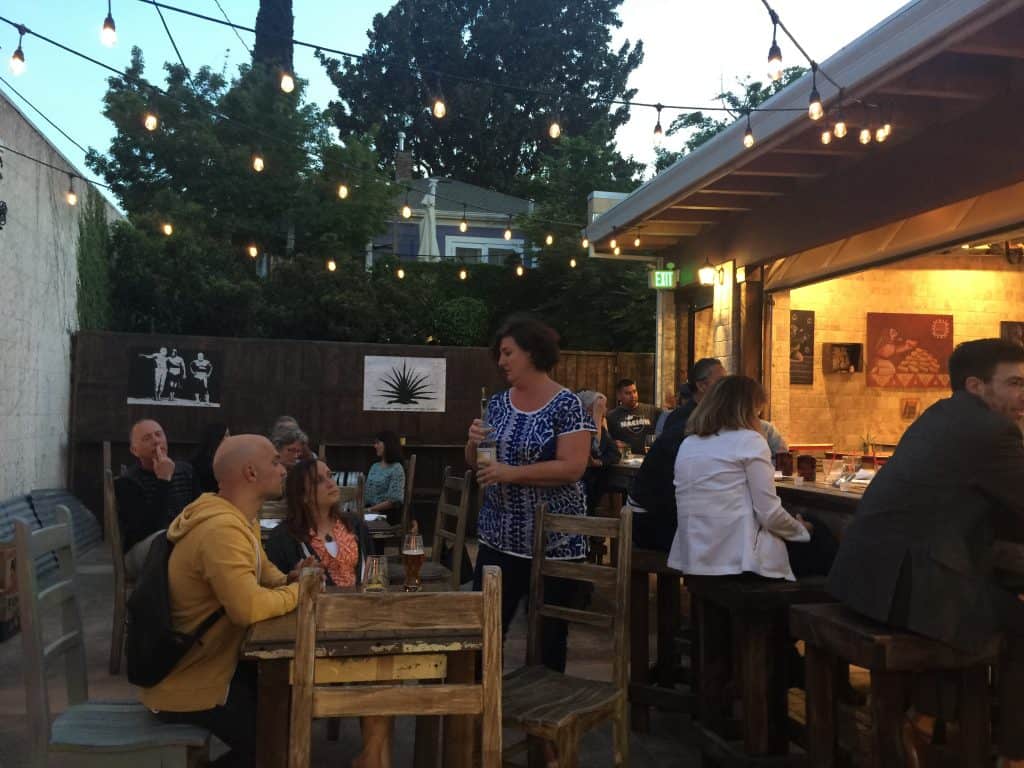

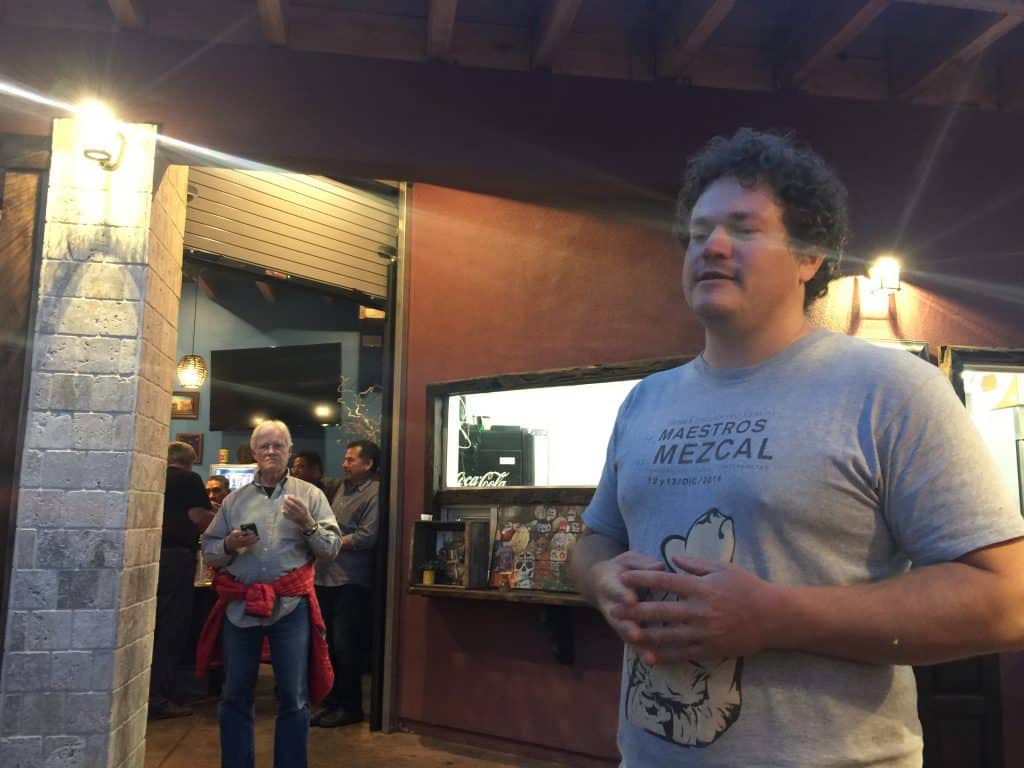
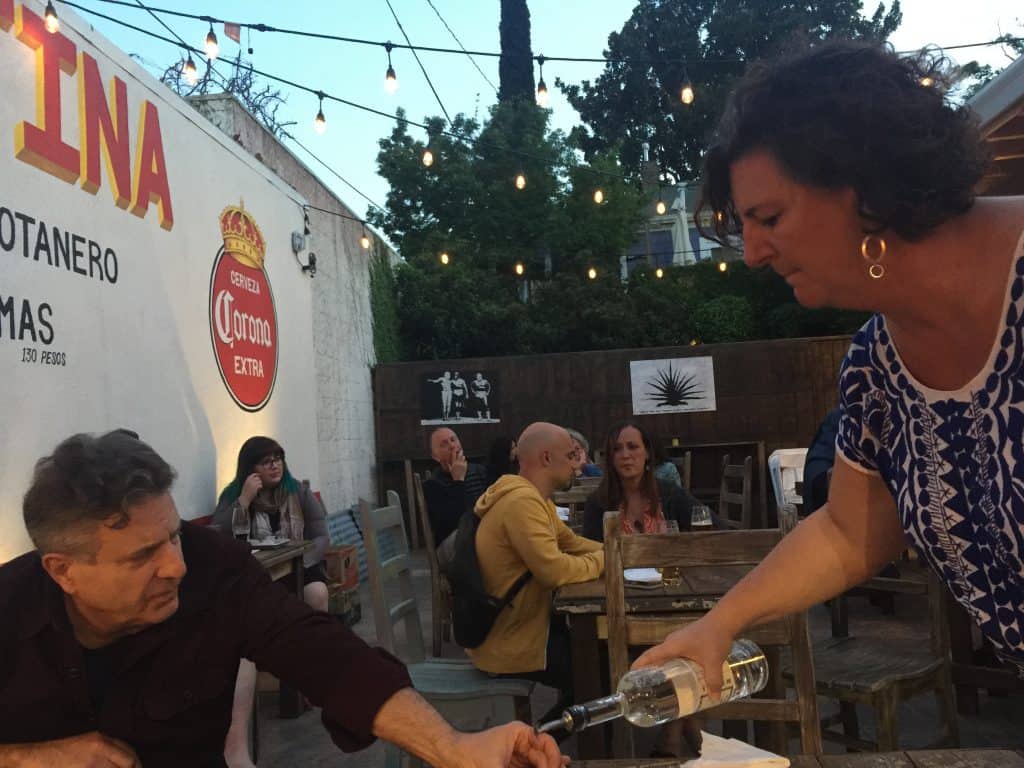
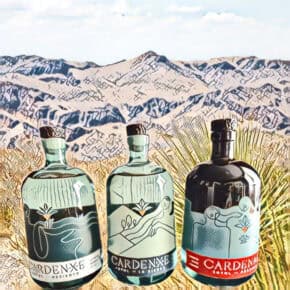
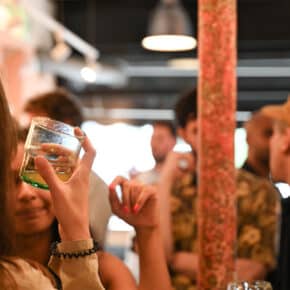
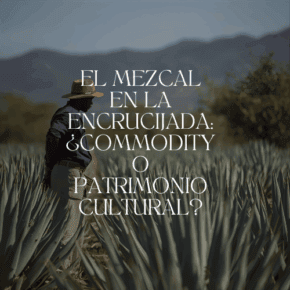








Susan, intersting comment on cucharilla being Oaxaca’s version of sotol. Is it in fact the Dasylirion wheeleri but they call it cucharilla in Oaxaca? The only data point I have is I bought a bottle at In Situ and Ulisses told me it was a karwinskii and cucharilla was the varietal (though he may have called it “cucharillo”). All thoughts appreciated!
So, I reconfirmed with Rion Toal to make sure I didn’t misunderstand and he said: Cucharilla – “little spoon” is Oaxaca’s version of the distillate made from Dasylirion Serratifolium (this is known as Sotol in northern Mexico – I believe there are a few different species found throughout the country). A few people have made it in Miahuatlan (where they say Cucharillo) but it is much more prevalent in the Mixteca Alta. Even then so it is very rare (many people will mix it with espadin – it takes more heat and more wood to properly cook). Cucharilla is called so because if a leaf is yanked out of the plant it has a little spoon shaped base- it was actually used for spoons for pozole traditionally. They also make reefs with is for many catholic celebrations / decorations.” The plant was originally classified as an agavaceae but it is now classified as ruscaceae – therefore not technically agave, and therefore not technically a mezcal. Hopefully that helps!